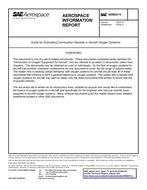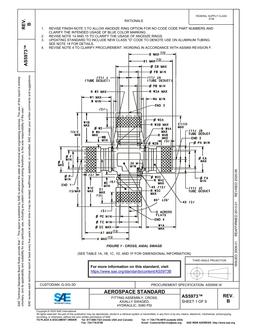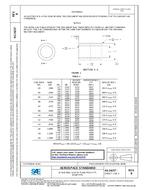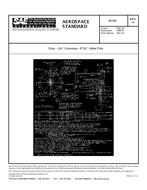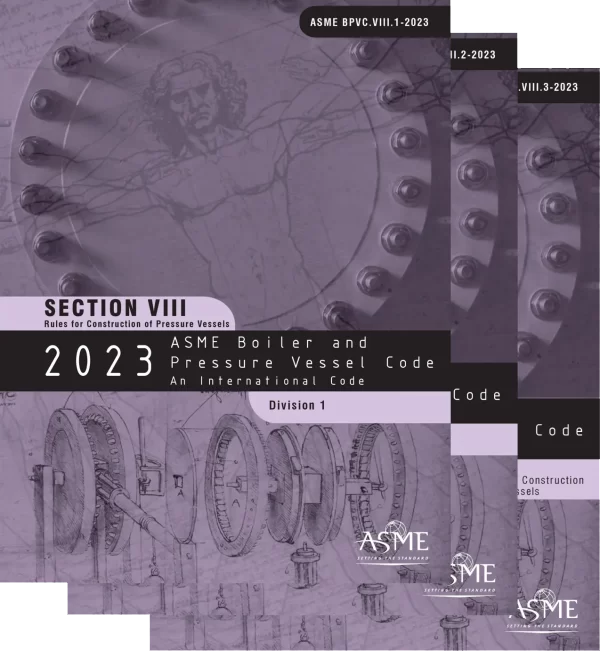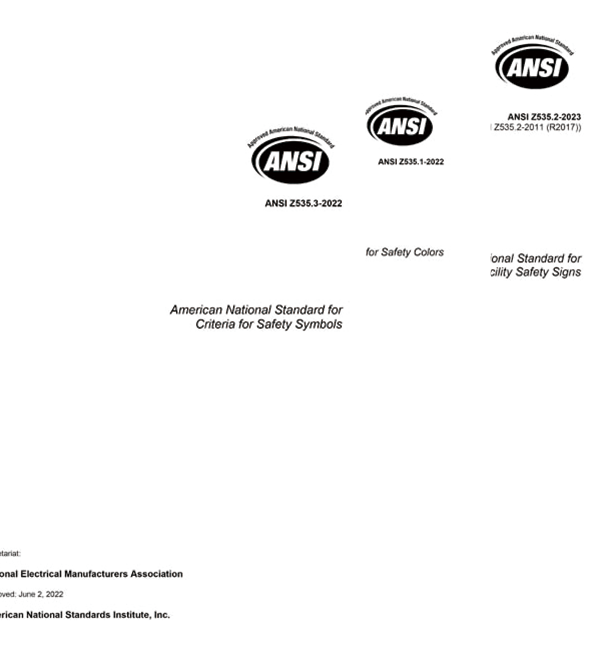SAE AIR825/13
2023
Guide for Evaluating Combustion Hazards in Aircraft Oxygen Systems
- Format:
- Language(s) :
- Published :
- English
- 08/23/2023
This guide is intended to promote safe designs, operations and maintenance on aircraft and ground support oxygen systems. This is also a summary of some work by the ASTM G 4 Committee related to oxygen fire investigations and design concerns to reduce the risk of an oxygen fire. There have been many recent technological advances and additional test data is available for evaluating and controlling combustion hazards in oxygen equipment. Standards that use this new information are rapidly evolving. A guide is needed to assist organizations and persons not completely familiar with this process to provide oxygen systems with minimum risks of combustion. This guide does not necessarily address all the detailed issues and provide all data that will be needed. For a complete analysis, supplemental publications need to be consulted. This guide does discuss the basics of oxygen systems fire hazards. The hazard analysis process is discussed and a simple example to explain this process. Also, this guide does not address the overall system safety issues normally evaluated in aircraft programs. This guide does provide some important background and observations about combustion in oxygen systems. Information is given describing how to accomplish a hazard analysis. Furthermore, background is provided to explain critical locations in oxygen systems that need to be evaluated and other locations that do not require hazard analysis.
It is important to note that any effort that requires a comprehensive and effective hazard analysis should use the complete information in the documents referenced herein. In general, the need for a hazard analysis applies primarily to gaseous oxygen equipment at 50 psi and higher pressures. LOX equipment does have hazards concerns as well and is usually treated similarly to GOX equipment at 500 psi. It should be noted that there are other phenomena associated with LOX equipment that must be considered. An example is that LOX can combine with hydrocarbons to form a gel, which explodes under impact. On the other hand, since LOX is a very cold liquid it tends to quench most possible ignition sources that could cause promoted ignition. When examining oxygen equipment at lower pressures the primary concern is the increased ignition and fire concern with combustible non-metals.
| SAE AIR825/13 | |
|---|---|
| STANDARD INFO: | |
| Standard Name | SAE AIR825/13 |
| Scope | Guide for Evaluating Combustion Hazards in Aircraft Oxygen Systems |
| Publisher | SAE - SAE International |
| Languages | English |
| State | |
| Publication Year | 2023 |
| Most recent Version | MOST RECENT |
| Whether to be replaced | |
| Addendum | |
| FILE INFO: | |
| File Size | 1 file , 2.2 MB |
| Note | This product is unavailable in Ukraine, Russia, Belarus |
| Published | 08/23/2023 |
| SAE AIR825/13 | ||
|---|---|---|
| History | Publisher Year | |
Related products
- Format:
- Language(s) :
- Published :
- English
- 06/02/2020
$41
- Format:
- Language(s) :
- Published :
- English
- 05/16/2018
$24
- Format:
- Language(s) :
- Published :
- English
- 10/01/2001
$20

Over 3,000,000 global standards
Our standards library is extensive, with over 2 million documents, ensuring we meet the needs of various industries. Whether it’s ASME, DIN, ASTM or ISO and other internationally recognized standards, we offer complete documents and the latest versions to help customers adhere to industry regulations in their projects. Whether your needs are technical standards, regulatory requirements, or design guidelines, our standards library provides comprehensive support.
24 online customer service
Our team includes up to 50 engineers from fields such as healthcare, electronics, and construction, who can answer your technical questions and ensure you find the correct and accurate standard documents. We are dedicated to helping you find the best solution that meets your needs.

Thanks to the StandardsClub customer service team for helping me find the ASME BPVC-2023 SET I was looking for in a high-quality PDF version. Their assistance was excellent, and the document quality exceeded my expectations!
This standard document is very detailed, covering all relevant technical points, and provides comprehensive guidance for my project. The ANSI/NEMA Z535 SET was exactly what I needed, and I am very satisfied with the quality!
The purchasing process was straightforward, the price was very competitive, and the download was quick. The Tissue Engineering Standards Addressing Product Quality and Characterization Package was of excellent quality and provided all the information I needed. Definitely a great value for the price!
“Got questions? Our professional customer service is ready to assist you anytime. Whether it’s finding documents, getting discounts, or navigating the purchase process, let us help you get the standards you need!”

Sign Up Our Newsletter
Don’t miss out! Subscribe now to get exclusive offers and industry insights!
We care about your data in ou privacy policy.

